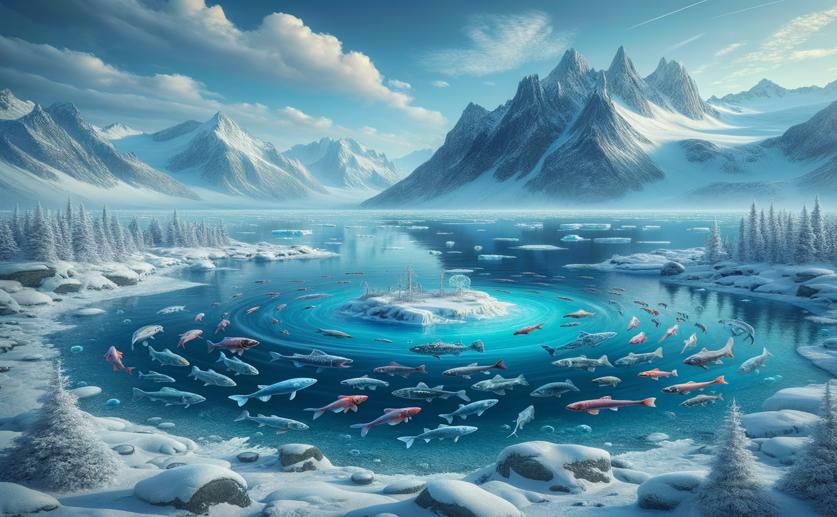
Arctic Lagoons Host Unique Fish Communities Shaped by Environment
Jenn Hoskins
13th May, 2024

Image Source: Natural Science News, 2024
Key Findings
- In Alaska's Beaufort Sea, wind and salinity levels significantly affect local fish populations
- West-East winds and higher salinity favor marine species, while lower salinity supports freshwater fish
- These findings help predict how fish communities may change due to climate impacts and human activities
EnvironmentEcologyMarine Biology
References
Main Study
1) Local environmental conditions structured discrete fish assemblages in Arctic lagoons
Published 10th May, 2024
https://doi.org/10.1007/s00300-024-03239-8
Related Studies
2) Polar cod in jeopardy under the retreating Arctic sea ice.
3) Characterization of the abiotic drivers of abundance of nearshore Arctic fishes.
4) The scale-dependent effect of environmental filters on species turnover and nestedness in an estuarine benthic community.



 14th March, 2024 | Greg Howard
14th March, 2024 | Greg Howard